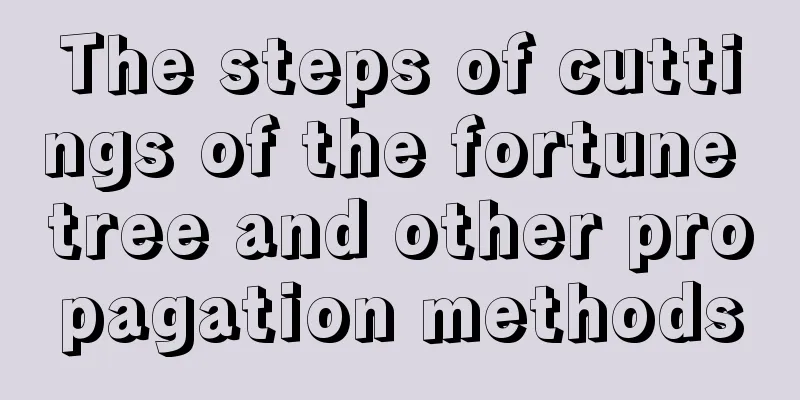How to change the pot of the houseflower

1. Remove the plantFor the Japanese gentian, the flowerpot needs to be changed every two years, and new soil needs to be replaced during this process. It can promote the extension and growth of the root system and provide enough space to ensure its later growth. Before repotting, take the plant out of the pot, being careful not to damage the roots. First, use a small shovel to circle around the flowerpot to make it easier to take the plant out. Hold the flowerpot with one hand and take the plant out with the other hand. 2. Pruning the root systemAfter 1-2 years of growth, many old and rotten roots may appear underneath. At this time, they need to be pruned and these lifeless roots need to be cut off and removed. This will also be beneficial for later growth after planting. For healthy roots, be careful not to damage them. 3. Prepare new soilAs for flower pots, you can prepare a new and larger one, which can also ensure good growth in the later stage. For the new soil, it is necessary to ensure good air permeability and nutrition. You can mix coarse sand and leaf mold evenly together and add some bone meal. 4. ReplantingAfter preparing a new flowerpot and soil, straighten the silkworm and plant it in the flowerpot, fill the edges with soil, gently press the soil firmly, and water it thoroughly. |
Recommend
The top ten most beautiful plants that tolerate shade, and the ten best potted plants for indoor cultivation
1. Gloxinia Gloxinia is a very shade-loving flowe...
What to do if the leaves of Milan flowers wilt
1. Lack of water Lack of water will cause the pro...
Climbing rose cultivation method
1. Soil When breeding, you can use humus, coarse ...
I just bought a cyclamen, but the leaves are wilting. What's going on?
The leaves of the cyclamen are wilting I went to ...
Can orchids be grown indoors?
Can orchids be grown indoors? Orchids are suitabl...
Six times more beneficial home care methods
illumination Liubaili is not shade-tolerant and m...
Is Brazilian iris poisonous?
Is Brazilian iris poisonous? The Brazilian iris i...
When and how to plant open-air cauliflower? When is the best time to plant?
Open air cauliflower planting time The planting t...
Gardenia, rose, azalea... they die every time I grow them? Learn this 1 trick and keep it open for 3 months!
Gardenia has buds but no flowers Many flower love...
The difference between red maple and Japanese maple
1. Differences between branches and trunks The ba...
Uncle Li turned his balcony into a "small garden". I'm so envious. I want to make one when I get home!
I wonder how everyone’s balcony is decorated. The...
How to grow Lithops until it fills the pot?
Lithops , also known as stone flower, is a small ...
Cultivation methods and precautions of small green vegetables
1. Soil The root system of green cabbage is relat...
What to do with the dried tips of peonies in summer
The reason why the leaves of peony flowers dry up...
When is the best time to plant cabbage?
In the process of planting cabbage, there are usu...









